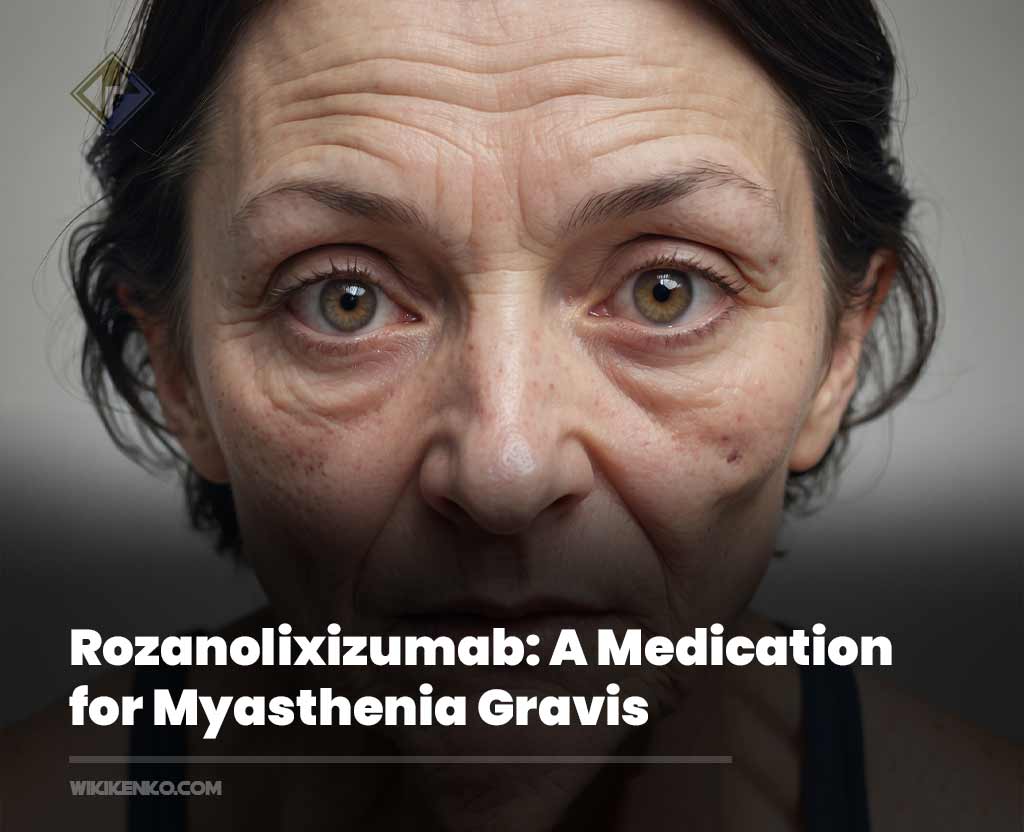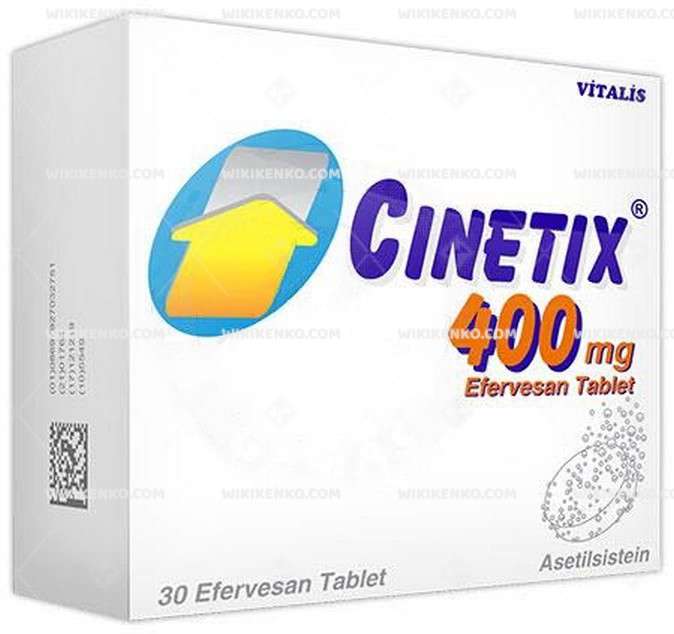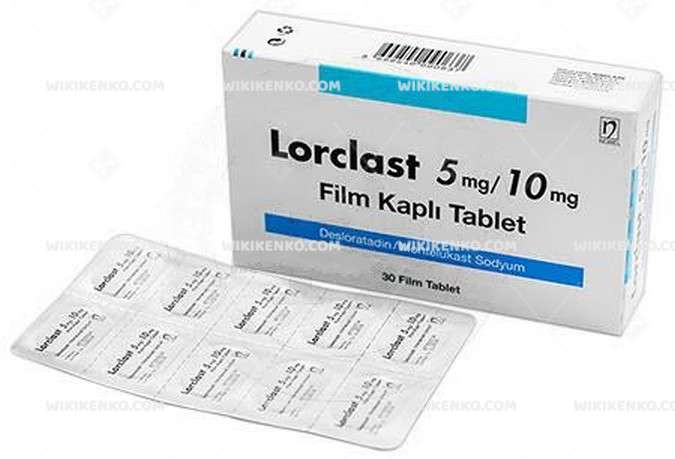In a significant development, Rozanolixizumab (Rystiggo®) has secured EU approval, marking a milestone in the treatment landscape for Myasthenia gravis. This autoimmune disorder, characterized by muscle weakness and often affecting eye muscles, has found a new contender in the arsenal of approved medications.
Myasthenia Gravis and the Need for Innovation
Myasthenia gravis, a neuromuscular disease, manifests as weakness in voluntary muscles, with a notable peak in occurrence between the ages of 30 and 40. The communication breakdown between nerves and muscles, attributed to the blockade of acetylcholine receptors, leads to symptoms such as paralysis of eye muscles and eyelid elevators.
Traditional Approaches and Recent Advances in Myasthenia Gravis Treatment
The conventional approach involves thymectomy, immunosuppressants, and acetylcholinesterase inhibitors. Recent additions to the approved medications include Efgartigimod alfa (Vyvgart®), Eculizumab (Soliris®), Ravulizumab (Ultomiris®), and Zilucoplan (Zilbrysq®), a C5 complement inhibitor.
Rozanolixizumab
Rozanolixizumab’s EU approval extends to its application as an adjunctive therapy for generalized Myasthenia gravis in adults. The unique aspect of this medication lies in its targeting of patients who develop autoantibodies against the acetylcholine receptor or muscle-specific tyrosine kinase, making it the first drug approved for these specific subtypes.
Mechanism of Action and Treatment Regimen
Acting on the neonatal Fc receptor, Rozanolixizumab reduces immunoglobulin G concentration in blood serum by blocking its interaction. The treatment protocol involves weekly subcutaneous doses, adapted based on body weight, administered through a pump over a six-week period.
Efficacy and Safety Insights
Efficacy and safety data are derived from the MycarinG study, involving 200 patients over 18 weeks. Rozanolixizumab demonstrated notable improvements in the MG-ADL score, encompassing activities like breathing and swallowing, compared to the placebo group. Common side effects, such as headaches, diarrhea, and fever, were reported.
In summary, Rozanolixizumab emerges as a promising addition to Myasthenia gravis treatment, offering targeted relief and expanding options for patients facing this challenging autoimmune condition.
Original source: This information was Initially covered by Pz.de and has been translated for our readers.










